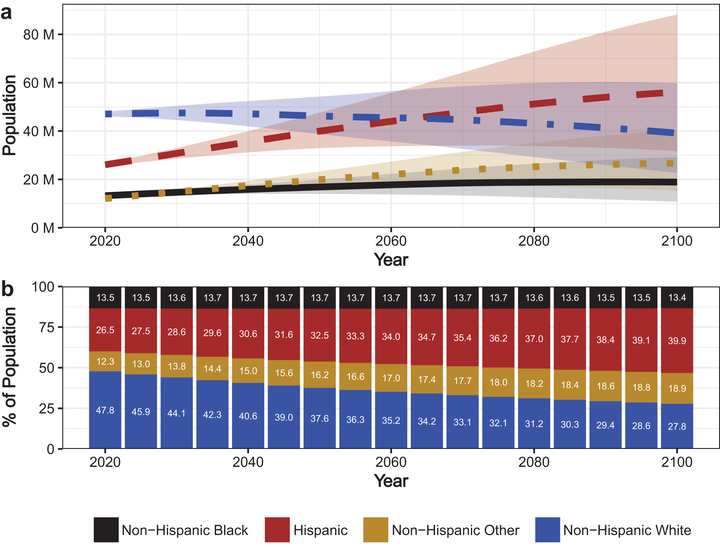Research Note: Demographic Change on the United States Coast, 2020–2100

Abstract
Prospective demographic information of the United States is limited to national-level analyses and subnational analyses of the total population. With nearly 40% of the U.S. population being residents of coastal areas, understanding the anticipated demographic changes in coastal counties is important for long-range planning purposes. In this research note, we use long-range, county-level population projections based on a simplified cohort-component method to discuss demographic changes by age, sex, and race and ethnicity for coastal counties between 2020 and the end of the century, and we compare these changes to inland counties. Presently, coastal counties are statistically significantly different from inland counties by race and ethnicity (more diverse) and sex (more women) but not by age, yet by 2025, we expect coastal counties to become significantly older than inland counties. We note several important trajectories of predicted demographic outcomes in coastal counties across the remainder of the century: (1) the non-Hispanic White population is expected to decrease, both numerically and as a percentage of the population; (2) the population older than 65 is projected to increase, both numerically and as a percentage of the population; and (3) the ratio of women to men remains constant over the century at 1.03. These trends combine to suggest that the future U.S. coastline will likely be both increasingly diverse racially and ethnically and significantly older than it is today.